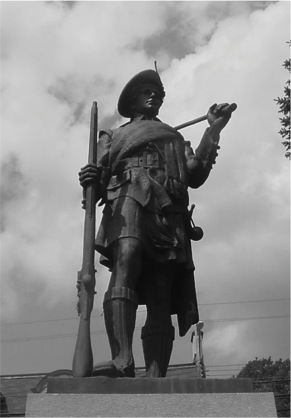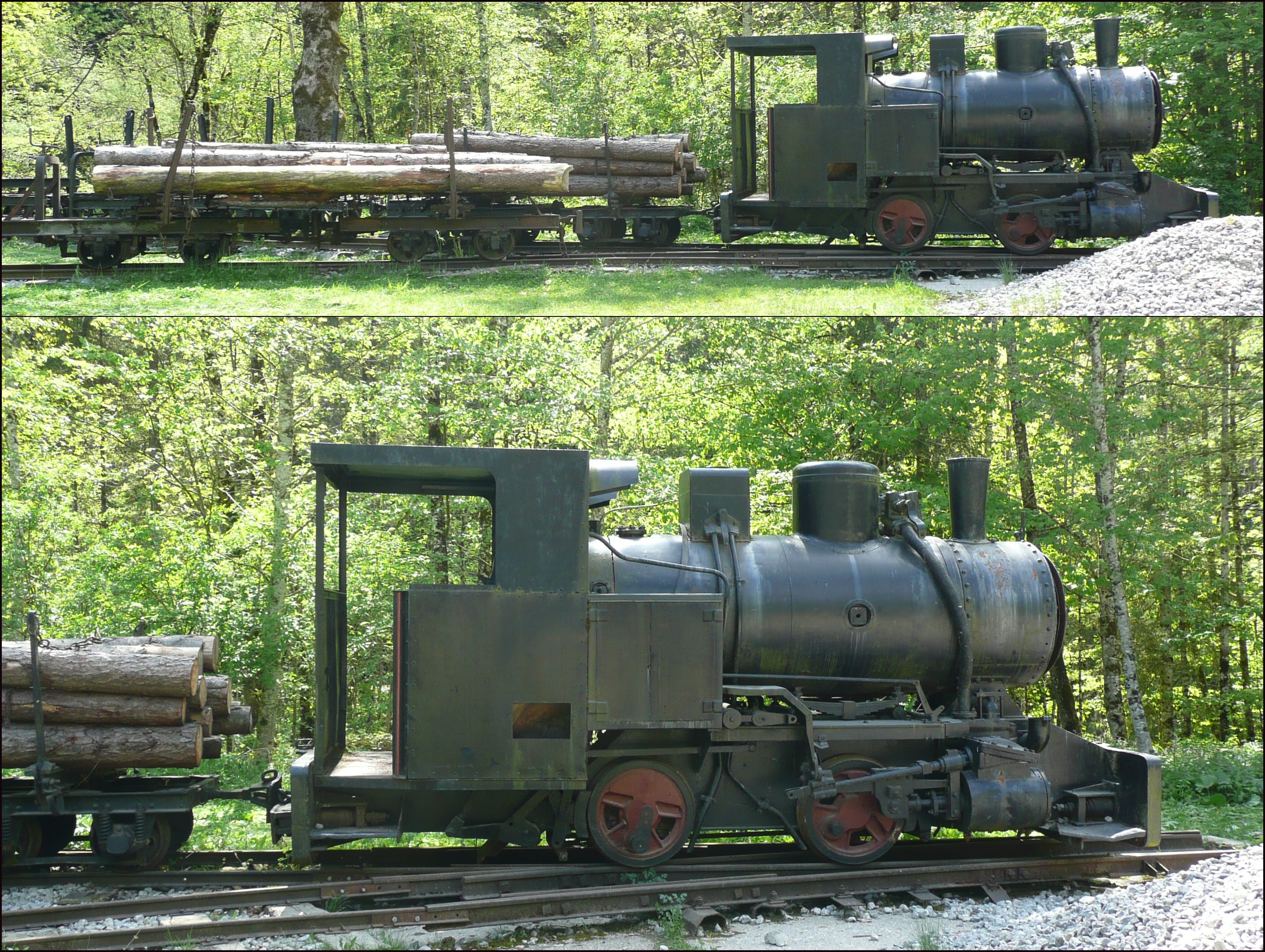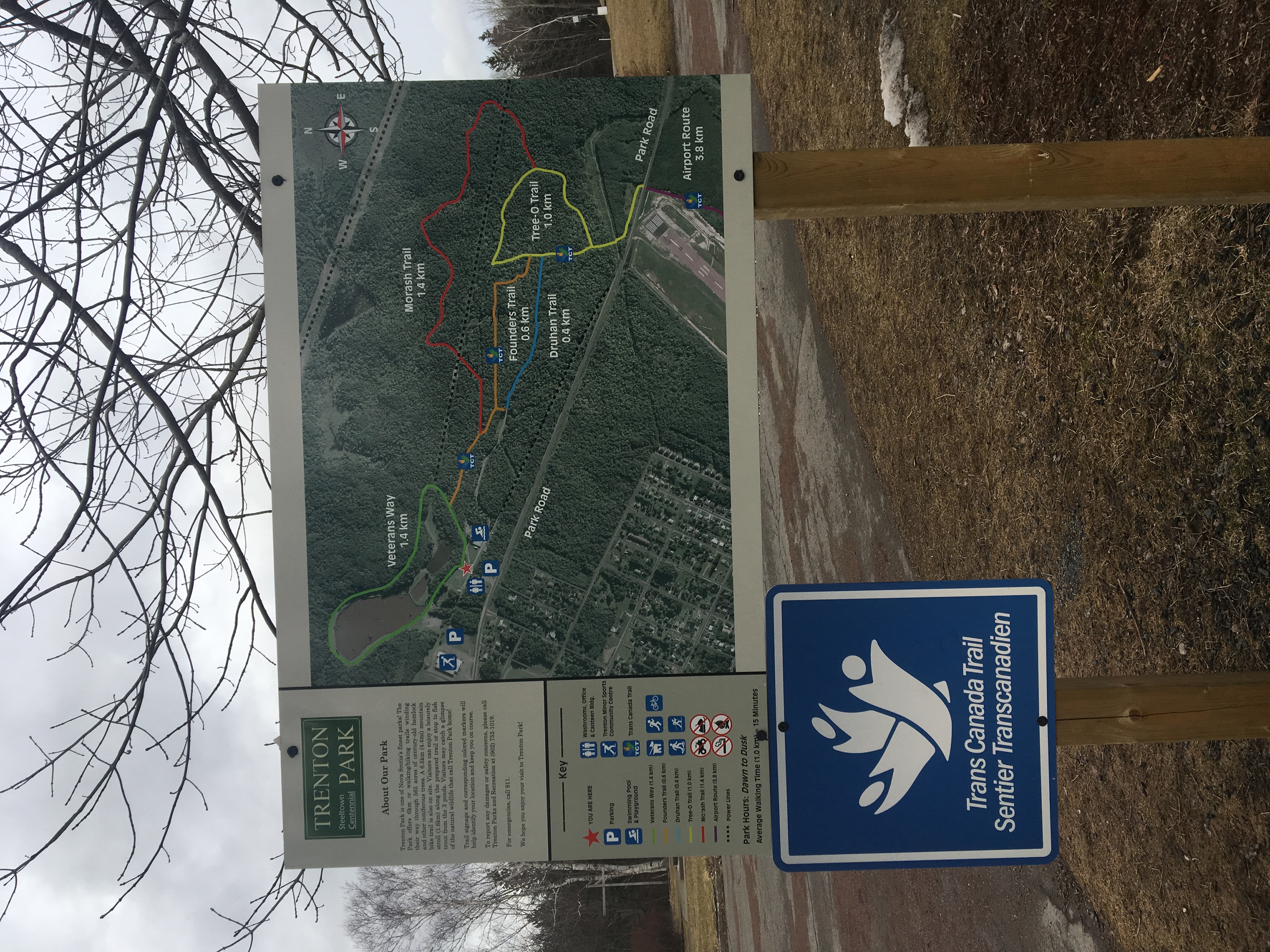|
New Glasgow, Nova Scotia
New Glasgow is a town in Pictou County, in the province of Nova Scotia, Canada. It is situated on the banks of the East River of Pictou, which flows into Pictou Harbour, a sub-basin of the Northumberland Strait. The town's population was 9,471 in the 2021 census. New Glasgow is at the centre of the province's fourth largest urban area; the population of the New Glasgow Census geographic units of Canada, census agglomeration in the 2021 census was 34,397. The New Glasgow census agglomeration includes the smaller adjacent towns of Stellarton, Westville, Nova Scotia, Westville, and Trenton, Nova Scotia, Trenton as well as adjacent rural areas of the county. History Scottish immigrants, including those on the ship Hector (immigration ship), Hector in 1773, settled the area of the East River of Pictou during the late 18th and early 19th centuries. Deacon Thomas Fraser (deacon), Thomas Fraser first settled the area at the head of navigation on the East River of Pictou in 1784. The ... [...More Info...] [...Related Items...] OR: [Wikipedia] [Google] [Baidu] |
Town
A town is a type of a human settlement, generally larger than a village but smaller than a city. The criteria for distinguishing a town vary globally, often depending on factors such as population size, economic character, administrative status, or historical significance. In some regions, towns are formally defined by legal charters or government designations, while in others, the term is used informally. Towns typically feature centralized services, infrastructure, and governance, such as municipal authorities, and serve as hubs for commerce, education, and cultural activities within their regions. The concept of a town varies culturally and legally. For example, in the United Kingdom, a town may historically derive its status from a market town designation or City status in the United Kingdom, royal charter, while in the United States, the term is often loosely applied to incorporated municipality, municipalities. In some countries, such as Australia and Canada, distinction ... [...More Info...] [...Related Items...] OR: [Wikipedia] [Google] [Baidu] |
Pictou Harbour
Pictou Harbour is a natural harbour in Nova Scotia on the Northumberland Strait. Geography The distance between the town of Pictou on the north shore, and the community of Pictou Landing to the south is about . The south side of the harbour opens into the broad mouth of the East River of Pictou which flows inland through the towns of Trenton and New Glasgow. The south-west end of the harbour is bisected by the Harvey Veniot causeway that carries Nova Scotia Highway 106. The causeway has limited the navigable portion of the harbour to approximately in length. Prior to the opening of the causeway in 1968, the harbour continued into the confluence of the West River of Pictou and Middle River of Pictou, both of which were navigable. The body of water immediately outside the harbour is known as the Pictou Road. The entrance to the harbour is protected by two sandbars and is about 400m wide. A lighthouse was installed on this bar in 1834 and lost to fire in 1903. Its replaceme ... [...More Info...] [...Related Items...] OR: [Wikipedia] [Google] [Baidu] |
Standard Gauge
A standard-gauge railway is a railway with a track gauge of . The standard gauge is also called Stephenson gauge (after George Stephenson), international gauge, UIC gauge, uniform gauge, normal gauge in Europe, and SGR in East Africa. It is the most widely used track gauge around the world, with about 55% of the lines in the world using it. All high-speed rail lines use standard gauge except High-speed rail in Russia, those in Russia, High-speed rail in Finland, Finland, High-speed rail in Uzbekistan, Uzbekistan, and some line sections in High-speed rail in Spain, Spain. The distance between the inside edges of the heads of the rails is defined to be 1,435 mm except in the United States, Canada, and on some heritage British lines, where it is defined in Imperial and US customary measurement systems, U.S. customary/Imperial units, British Imperial units as exactly "four feet eight and one half inches", which is equivalent to 1,435.1mm. History As railways developed and expa ... [...More Info...] [...Related Items...] OR: [Wikipedia] [Google] [Baidu] |
Tramway (industrial)
Tramways are lightly laid industrial railways, often not intended to be permanent. Originally, rolling stock could be pushed by humans, pulled by animals (especially horses and mules), cable-hauled by a stationary engine, or pulled by small, light locomotives. Tramways can exist in many forms; sometimes simply tracks temporarily placed on the ground to transport materials around a factory, mine or quarry. Many use narrow-gauge railway technology, but because tramway infrastructure is not intended to support the weight of vehicles used on railways of wider track gauge, the infrastructure can be built using less substantial materials, enabling considerable cost savings. The term "tramway" is not used in North America, but is commonly used in the United Kingdom and elsewhere where British railway terminology and practices influenced management practices, terminologies and railway cultures, such as Australia, New Zealand, and those parts of Asia, Africa and South America that c ... [...More Info...] [...Related Items...] OR: [Wikipedia] [Google] [Baidu] |
Coal
Coal is a combustible black or brownish-black sedimentary rock, formed as rock strata called coal seams. Coal is mostly carbon with variable amounts of other Chemical element, elements, chiefly hydrogen, sulfur, oxygen, and nitrogen. Coal is a type of fossil fuel, formed when dead plant matter decays into peat which is converted into coal by the heat and pressure of deep burial over millions of years. Vast deposits of coal originate in former wetlands called coal forests that covered much of the Earth's tropical land areas during the late Carboniferous (Pennsylvanian (geology), Pennsylvanian) and Permian times. Coal is used primarily as a fuel. While coal has been known and used for thousands of years, its usage was limited until the Industrial Revolution. With the invention of the steam engine, coal consumption increased. In 2020, coal supplied about a quarter of the world's primary energy and over a third of its Electricity generation, electricity. Some iron and steel-maki ... [...More Info...] [...Related Items...] OR: [Wikipedia] [Google] [Baidu] |
Scotland
Scotland is a Countries of the United Kingdom, country that is part of the United Kingdom. It contains nearly one-third of the United Kingdom's land area, consisting of the northern part of the island of Great Britain and more than 790 adjacent Islands of Scotland, islands, principally in the archipelagos of the Hebrides and the Northern Isles. To the south-east, Scotland has its Anglo-Scottish border, only land border, which is long and shared with England; the country is surrounded by the Atlantic Ocean to the north and west, the North Sea to the north-east and east, and the Irish Sea to the south. The population in 2022 was 5,439,842. Edinburgh is the capital and Glasgow is the most populous of the cities of Scotland. The Kingdom of Scotland emerged as an independent sovereign state in the 9th century. In 1603, James VI succeeded to the thrones of Kingdom of England, England and Kingdom of Ireland, Ireland, forming a personal union of the Union of the Crowns, three kingdo ... [...More Info...] [...Related Items...] OR: [Wikipedia] [Google] [Baidu] |
Glasgow
Glasgow is the Cities of Scotland, most populous city in Scotland, located on the banks of the River Clyde in Strathclyde, west central Scotland. It is the List of cities in the United Kingdom, third-most-populous city in the United Kingdom and the 27th-most-populous city in Europe, and comprises Wards of Glasgow, 23 wards which represent the areas of the city within Glasgow City Council. Glasgow is a leading city in Scotland for finance, shopping, industry, culture and fashion, and was commonly referred to as the "second city of the British Empire" for much of the Victorian era, Victorian and Edwardian eras. In , it had an estimated population as a defined locality of . More than 1,000,000 people live in the Greater Glasgow contiguous urban area, while the wider Glasgow City Region is home to more than 1,800,000 people (its defined functional urban area total was almost the same in 2020), around a third of Scotland's population. The city has a population density of 3,562 p ... [...More Info...] [...Related Items...] OR: [Wikipedia] [Google] [Baidu] |
Thomas Fraser (deacon)
Thomas Fraser may refer to: * Thomas Fraser (Upper Canada politician) (1749–1821), soldier and political figure in Upper Canada *Thomas Fraser, Scot of Clan Fraser of Muchalls, who erected the towerhouse that later became known as Muchalls Castle * Thomas Fraser (singer) (1927–1978), country and western singer from Shetland, Scotland * Thomas Fraser (deacon), first settler of New Glasgow, Nova Scotia * Thomas Fraser (South African cricketer) (1912–1995), South African cricketer * Thomas Fraser (New Zealand cricketer) (1917–1998), New Zealand cricketer * Tom Fraser (1911–1988), British politician * Tommy Fraser (born 1987), English footballer * Thomas Fraser, 10th Lord Lovat, Scottish peer *Thomas Fraser, 12th Lord Lovat (1802–1875), Scottish peer *Thomas Richard Fraser (1841–1920), British physician and pharmacologist * Thomas Fraser (New Zealand politician) (1808–1891), member of parliament in Otago, New Zealand * Thomas Fraser (bishop) (1915–1989), bishop of the ... [...More Info...] [...Related Items...] OR: [Wikipedia] [Google] [Baidu] |
Hector (immigration Ship)
''Hector'' was a ship that was part of the first significant migration of Scotland, Scottish settlers to Nova Scotia in 1773. A replica of the original ship is located at the Hector Heritage Quay, a heritage centre run by local volunteers, in Pictou, Nova Scotia. History A Full-rigged ship, full-rigged Fluyt, ''Hector'' (built in the Netherlands before 1750)Leonard M. Reid, ''Sons of the Hector'' (New Glasgow, Nova Scotia: Hector Publishing Co., 1973), 9. was employed in local trade in waters off the British Isles as well as the immigrant trade to North America, having made at least one trip c. 1770 carrying Scottish emigrants to Boston, Massachusetts. In 1762 the earliest of the Highland Clearances, Scottish Highland Clearances forced many Gaels, Gaelic families off their ancestral lands. The first ship loaded with Hebridean colonists arrived on "St.-John's Island" (Prince Edward Island) in 1770, with later ships following in 1772, and 1774. In 1773 a ship named ''Hector' ... [...More Info...] [...Related Items...] OR: [Wikipedia] [Google] [Baidu] |
Trenton, Nova Scotia
Trenton is a town located in Pictou County, Nova Scotia, Pictou County, Nova Scotia, Canada. Founded in 1786, it is situated on the east bank of the East River of Pictou. The community gained its name in 1882 at the suggestion of a prominent citizen, Harvey Graham, after he visited Trenton, New Jersey. It was incorporated as a town on 11 March 1911. Economy Since the 1870s, the town's economy was tied to the TrentonWorks factory and its predecessors which occupies a large property along the East River of Pictou. This factory closed permanently in 2016 after various incarnations as a steel fabrication, railcar fabrication, and wind turbine tower fabrication facility. Since the late 1960s, the town has also been host to the Trenton Generating Station. Other large employers in the past have included a paint manufacturer (Tibbett's Paints) as well as a glass works (Trenton Glass). The town's economy is undergoing a transition to a post-industrial tertiary/service economy. Major ... [...More Info...] [...Related Items...] OR: [Wikipedia] [Google] [Baidu] |
Westville, Nova Scotia
Westville is a town in Pictou County, Nova Scotia, Canada. It is located immediately west of Stellarton and about four kilometres southwest of New Glasgow, the major town in the area. History Originally called Acadian Village, the name Westville was chosen because the community was west of the Albion Mines (now Stellarton). Westville has a long history of coal mining dating back to 1864 when coal was first discovered. The opening of the Acadia Mine followed in 1866. Westville, along with Stellarton, was once home to a thriving coal mining industry. At its peak, during World War I, Westville boasted three underground workings; the Black Diamond, the Acadia, and the Drummond. Westville was the site of the Drummond Mine explosion on May 13, 1873. The last underground mine, the Drummond pit, closed in the 1970s. Extensive open-pit mining on the Drummond and Acadia sites was carried out throughout the 1980s and 1990s, by Pioneer Coal Limited of Antigonish, Nova Scotia. In t ... [...More Info...] [...Related Items...] OR: [Wikipedia] [Google] [Baidu] |







